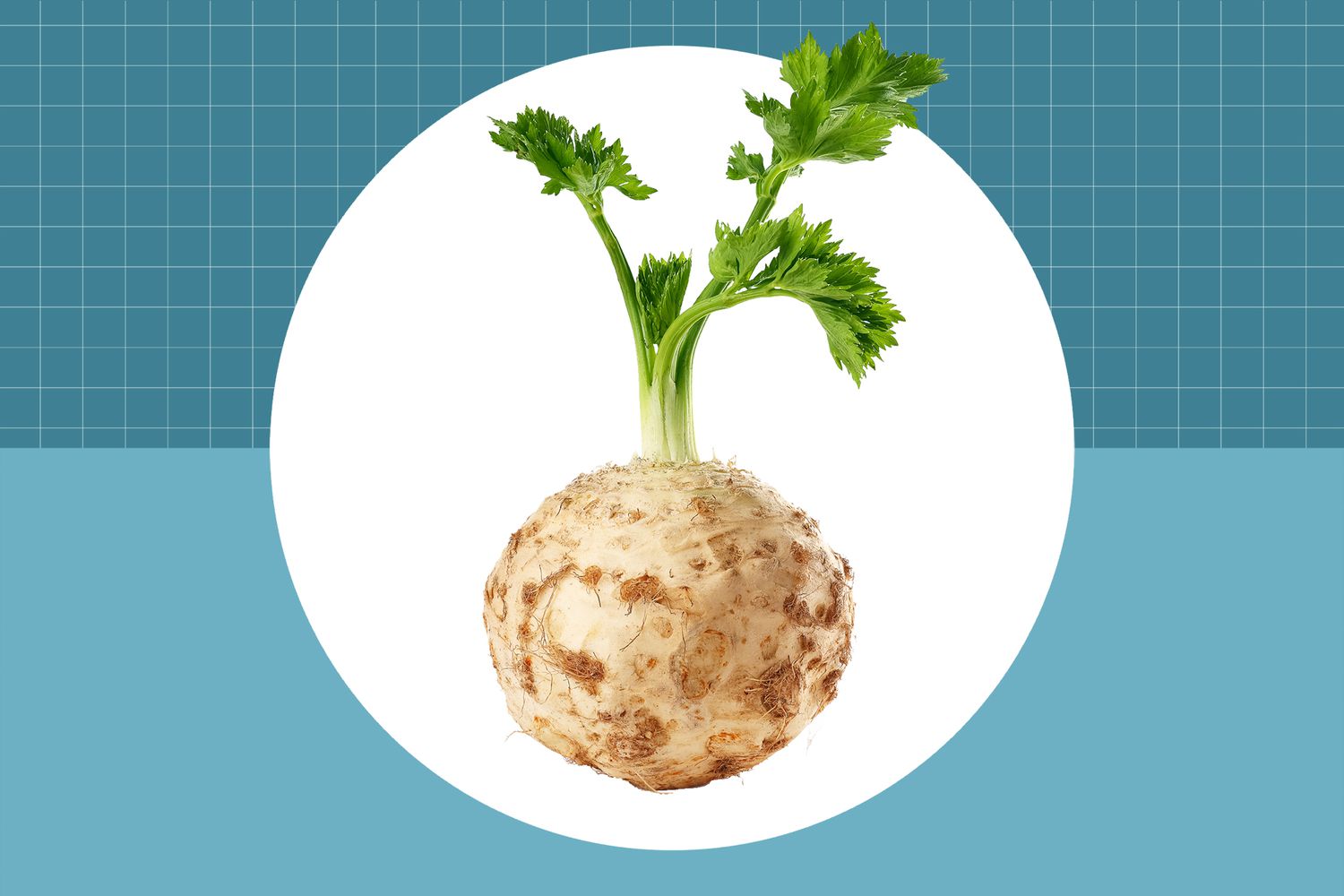
Celeriac, also known as celery root, might not win any beauty contests, but it packs a punch in the kitchen. This knobby, bulbous vegetable offers a unique flavor, blending hints of celery and parsley. Celeriac is a versatile ingredient, perfect for soups, stews, and even raw in salads. Rich in vitamins and minerals, it supports a healthy diet. Ever wondered how to choose the best celeriac at the market? Look for firm, heavy roots with minimal blemishes. Curious about its history or nutritional benefits? We've got you covered. Dive into these 25 facts about celeriac to become a true veggie aficionado!
Key Takeaways:
- Celeriac, also known as celery root, is a versatile and nutritious vegetable with a mild, celery-like flavor and nutty undertones. It's low in calories and rich in dietary fiber, making it great for digestion and weight management.
- Celeriac is not only tasty but also packed with nutrients like vitamin K, vitamin C, potassium, vitamin B6, and phosphorus. It can be used in various dishes, from roasting and mashing to adding crunch to salads and depth to soups and stews.
What is Celeriac?
Celeriac, also known as celery root, is a versatile and nutritious vegetable. It might not be the prettiest produce, but it has a lot to offer. Let's dive into some interesting facts about this underrated root vegetable.
- Celeriac is a type of celery grown for its root rather than its stalks.
- The vegetable has a knobby, rough exterior that hides a creamy white interior.
- Celeriac has a mild, celery-like flavor with nutty undertones.
- It is a low-calorie food, making it a great option for those watching their weight.
- This root vegetable is rich in dietary fiber, which aids in digestion.
Nutritional Benefits of Celeriac
Celeriac is not just tasty; it's packed with nutrients that can benefit your health. Here are some nutritional facts about celeriac.
- Celeriac is an excellent source of vitamin K, which is essential for blood clotting.
- It contains vitamin C, an antioxidant that helps protect your cells from damage.
- The vegetable is a good source of potassium, which helps regulate blood pressure.
- Celeriac provides vitamin B6, important for brain health and mood regulation.
- It also contains phosphorus, which is crucial for healthy bones and teeth.
Culinary Uses of Celeriac
Celeriac can be used in a variety of dishes, adding flavor and nutrition. Here are some ways to incorporate it into your meals.
- Celeriac can be roasted, mashed, or pureed, similar to potatoes.
- It can be eaten raw, often shredded into salads for a crunchy texture.
- The vegetable is a popular ingredient in soups and stews, adding depth of flavor.
- Celeriac can be spiralized into noodles as a low-carb pasta alternative.
- It pairs well with other root vegetables like carrots and parsnips.
Growing and Harvesting Celeriac
If you're interested in growing your own celeriac, here are some facts about its cultivation.
- Celeriac requires a long growing season, typically around 120-150 days.
- It prefers cool weather and can tolerate light frost.
- The plant needs well-drained, fertile soil to thrive.
- Celeriac should be watered consistently to prevent the root from becoming woody.
- Harvesting usually occurs in late fall, before the ground freezes.
Historical and Cultural Facts About Celeriac
Celeriac has a rich history and cultural significance in various parts of the world. Here are some interesting historical and cultural facts.
- Celeriac has been cultivated since ancient times, with records dating back to the Mediterranean region.
- It was a popular vegetable in ancient Greece and Rome.
- The vegetable is commonly used in European cuisine, especially in France and Germany.
- Celeriac is often featured in traditional holiday dishes in Eastern Europe.
- It has been used in folk medicine for its purported health benefits.
Celeriac may not be the most glamorous vegetable, but it certainly has a lot to offer in terms of flavor, nutrition, and versatility.
The Final Scoop on Celeriac
Celeriac, often overlooked, packs a punch in both nutrition and versatility. This root veggie, rich in vitamins C and K, fiber, and antioxidants, can boost your health in many ways. From soups to salads, its unique flavor adds a twist to everyday dishes. Plus, it's low in calories, making it a great choice for those watching their weight.
Growing celeriac might take patience, but the rewards are worth it. It thrives in cool climates and needs consistent moisture. Harvesting at the right time ensures the best taste and texture.
Whether you're a seasoned cook or a newbie in the kitchen, celeriac offers endless possibilities. Give it a try and discover new flavors and health benefits. So next time you're at the market, grab some celeriac and get creative!
Frequently Asked Questions
Was this page helpful?
Our commitment to delivering trustworthy and engaging content is at the heart of what we do. Each fact on our site is contributed by real users like you, bringing a wealth of diverse insights and information. To ensure the highest standards of accuracy and reliability, our dedicated editors meticulously review each submission. This process guarantees that the facts we share are not only fascinating but also credible. Trust in our commitment to quality and authenticity as you explore and learn with us.


